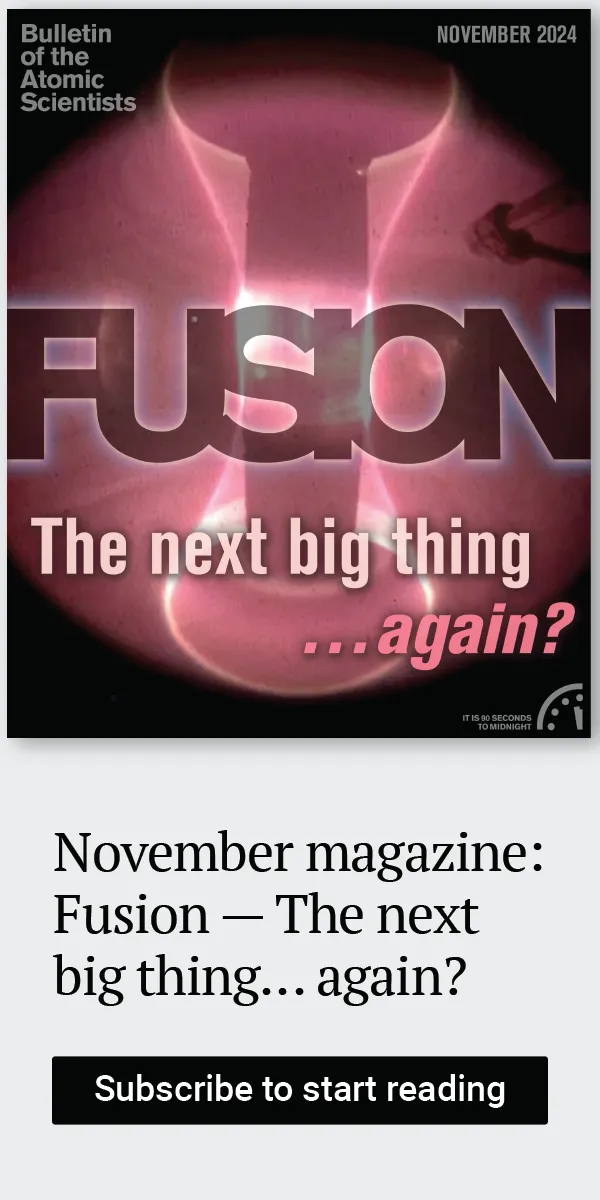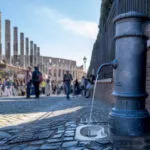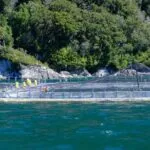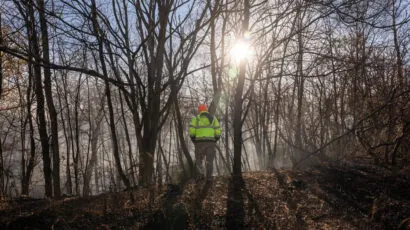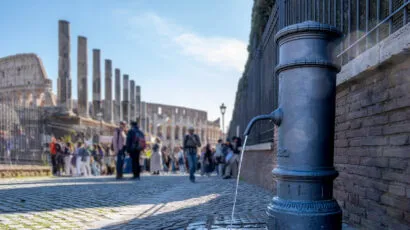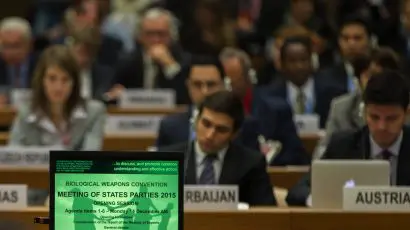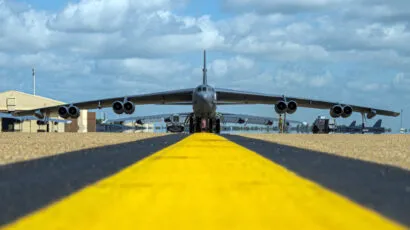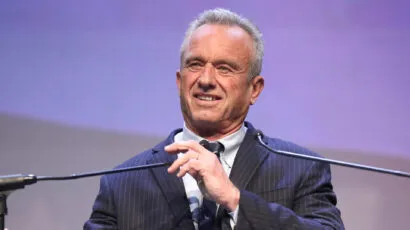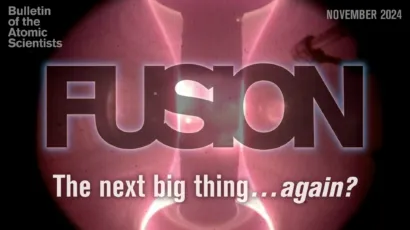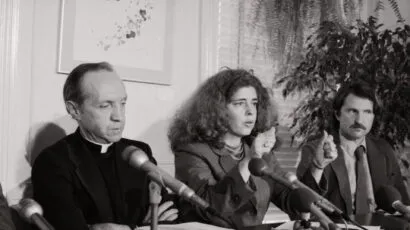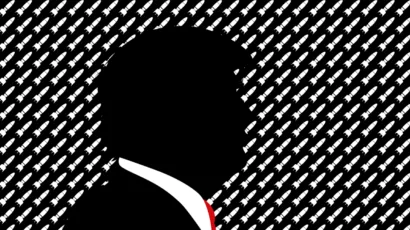It’s November, and the Northeast is on fire
By Paige Vega | November 18, 2024
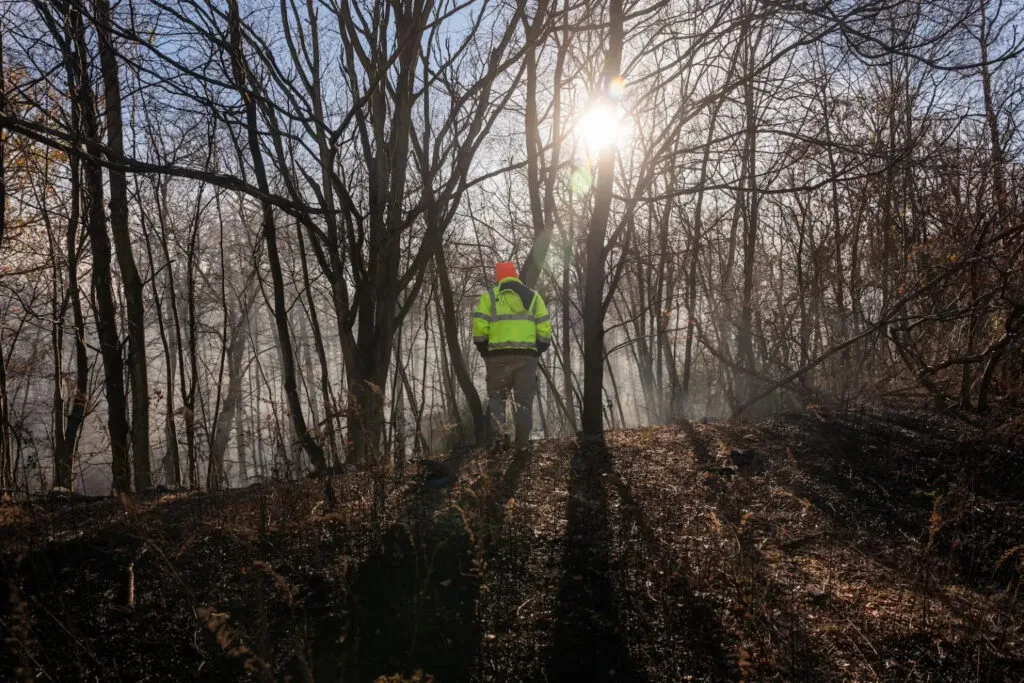 A firefighter takes a break from battling a series of brush fires outside of Pompton Lakes, New Jersey. Image courtesy of Spencer Platt / Getty Images via Grist
A firefighter takes a break from battling a series of brush fires outside of Pompton Lakes, New Jersey. Image courtesy of Spencer Platt / Getty Images via Grist
Editor’s note: This story was originally published by Grist. It appears here as part of the Climate Desk collaboration.
Over the weekend, a very small wildfire broke out in a hilly and densely vegetated area of Prospect Park, a swath of green space in Brooklyn. The 2-acre blaze drew about 100 firefighters as residents were warned to stay out of the park. Meanwhile, on the New York-New Jersey border, another blaze, the Jennings Creek wildfire, has burned thousands of acres, sending smoke drifting across much of New York City and killing an 18-year-old New York state forest ranger volunteer who died while responding to the fire.
Is this typical? Not exactly. But the Northeast has been under severe drought conditions for weeks. These fires, and the dozens of others currently burning in the Northeast and across the Ohio River Valley, as well as the scores more in the Western US, are the consequence of months of unseasonably hot and dry weather across large swaths of the country.
Okay, pause: What is a drought? Simply put, a drought is a dry period — that is, a long stretch of time without any rain or snow — that leads to a water shortage. Droughts can (and do) happen all over the world; they are not just a characteristic of a desert or a regional problem. Extreme drought can stress landscapes and water tables, regardless of whether a city is built on top of them. If a drought lasts long enough, people in that place can lose access to water.
While the Western United States is associated with aridity, it is remarkable to see this extent of drought spread across the Northeast. And current forecasts show that the conditions will persist for weeks or even months.
“It’s problematic to see drought in all parts of the country. It’s not just a regional issue,” said Brian Fuchs, a climatologist with the National Drought Mitigation Center. “Regardless of where you’re at, drought can and will impact you.”
Firefighters extinguished the Prospect Park fire. Rain mercifully moved into New York on Sunday night and snuffed much of the smoke drifting across the East Coast, obscuring the fact that a cluster of fires in New Jersey continued to burn.
As the smoke fades, attention shouldn’t: Millions of people in the Northeast remain under red-flag wildfire warnings, which signal conditions where anything that can generate a spark could likely lead to a fire. But we all live with drought, extreme heat, and fire now — and our relationship to water is connected to just how bad things could get.
For much of the country, October was an extremely hot and dry month. We are on pace for 2024 to become the hottest year ever recorded, a declaration that forecasters from the World Meteorological Organization are making with confidence even with more than a month left.
According to the US Drought Monitor, the long periods of hot and dry conditions have left every state in the country facing drought — an unprecedented statistic.
Caption: On November 1, 2024, a small brush fire began in the northern section of the 900-acre Fitzgerald Lake Conservation Area in Northampton, Massachusetts. After seven days, it was extinguished thanks to firefighters from several nearby towns, aided by the National Guard, which dropped water from the air via helicopter. Miraculously, a video camera had previously been mounted on a tree nearby, with the intent of recording wildlife on film, and it captured the whole sequence of events. (The camera, though partially melted, survived.) Images courtesy of Allison W. Bell / Historic Northampton via Facebook
There isn’t a single driver responsible for the scope of the current drought conditions. Even as our global average temperatures are rising thanks to climate change, our short-term weather patterns will shift all of the time. For example, despite Hurricane Helene bringing heaps of moisture to places like North Carolina a little more than a month ago, even western North Carolina is now abnormally dry. How can that be? Because it’s been that hot and dry in the weeks since — enough to erase any sign of a so-called thousand-year event.
“When I started looking at data over the past six months, you see that places like New Jersey, the Ohio River Valley, much of the plains have 12 to 15 inches below normal precipitation for this time of the year,” Fuchs said. “New York has a deficit of 10 inches. That’s very extreme for this part of the country.”
And then there are these warmer temperatures later in the year that end up amplifying the ongoing drought’s worst effects. Temperatures usually fall significantly by November. Trees will drop their leaves and go dormant. Certain critters hibernate or go into low-power mode. Snow begins accumulating in the higher elevations, banking moisture that will melt out — gradually — during the warmer periods.
But when it’s 80 degrees in New York in November, trees and vegetation are still consuming water. There’s an extra period of demand on the overall water system, and that taxes water sources — lakes and streams begin to draw down and the ground holds onto less moisture. Vegetation that grew earlier in the year begins to dry out — and fuel wildfires.
“It really doesn’t take much time to transition to a hot and dry environment and you all of a sudden have all of this extra fuel for wildfires,” Fuchs said. “This is the perfect mix for fires to blossom.”
Should we expect more wildfires? Drought is a normal part of our climate, but it’s not normal to see this much drought across so much of the country.
This extreme period of dry weather is a part of the larger picture that scientists have come to expect: that our weather will become more extreme and unpredictable and that we will collectively experience more pronounced swings from incredibly dry periods to incredibly wet periods.
Those dry periods, Fuchs says, are connected to warmer temperatures persisting into what should be the colder parts of the year and ramping up the demand on our water systems.
That demand, by the way, includes water consumption by you, me, and everyone else. Just multiply our daily showers, drawing from the tap, running our dishwashers and washing machines, washing our cars, watering our house plants (and so on) by the millions of people who live in a watershed, the area that shares a single water source for a particular region.
If there’s too much demand on an already-stressed landscape, the wildfire risk increases as water levels in streams and in our water table drop.
To better navigate the conditions we see today and the climate we should expect in the future, we need to understand that no place is immune to drought conditions, Fuchs said. “Even if you think you’ve not been impacted by drought in the past, it’s increasingly important for people to know where their water comes from and conserve it the best you can at any time,” he said.
“We’re actively experiencing severe climate change impacts,” said Aradhna Tripati, a climate scientist from UCLA who helped author the latest national climate assessment. Climate change “is no longer theoretical or a distant threat, an abstract one. It is not something that happens in the future here. It is not something only happening in places far away from where we live. All weather is now being affected.”
Yes — even in New York City.

Together, we make the world safer.
The Bulletin elevates expert voices above the noise. But as an independent nonprofit organization, our operations depend on the support of readers like you. Help us continue to deliver quality journalism that holds leaders accountable. Your support of our work at any level is important. In return, we promise our coverage will be understandable, influential, vigilant, solution-oriented, and fair-minded. Together we can make a difference.
Keywords: climate change, climate crisis, drought, extreme weather, wildfire
Topics: Climate Change

